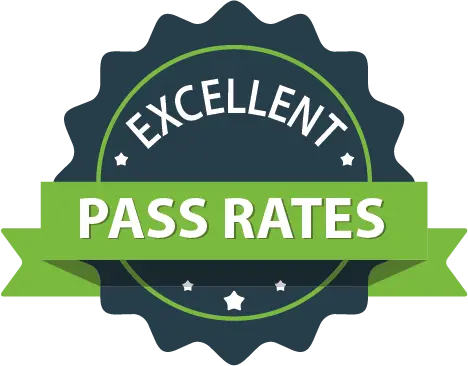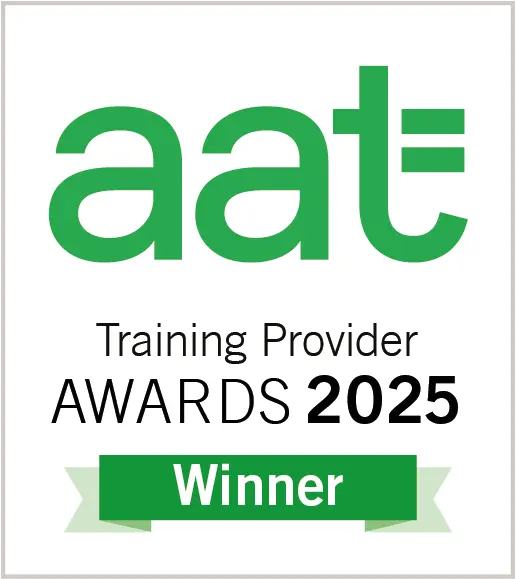
What is E-learning?
E-learning is a term which is commonly used, but does not have a common definition.” (Dublin, 2003). A textbook example of E-learning describes it as learning which utilises a computer to enhance education, giving the learner the opportunity to learn anytime and at any location. The previous definition is correct for the focus of the aims and objectives for our interactive videos, however other methods of E-leaning will be suggested in this blog post.
A Brief History of E-learning
Throughout history major technological advances have had the power to completely alter society. Often referred to as “restructuring” or “disruptive” technologies, they very quickly replace a previous technology, even if the previous technology had been a mainstay of life for a very long time. Johann Gutenberg created one of these restructuring technologies with the invention of a printing press for movable type in 1436, replacing 2000 years of handwritten, paper-based communication.” (Rosenberg, 2001). This breakthrough led to schooling as people now needed to learn to read and subsequently technologies such as the telephone, radio, and television which have improved the speed in which we learn.
In the 1990s E-learning began as Computer Based Training (CBT), These courses which were available on CD-Rom and mainly installed on stand alone PCs. These courses were expensive, very slow to develop and difficult to modify. Developed using high level custom programming the production costs of the courses where high and technology progression meant that they had a short shelf life.
1998: Mainstream use of intranets / internet and increased bandwidths which allowed the streaming of high quality multimedia files, CD-Rom based training evolved into Web based training. This allowed learning to take place at any place and at any time but limited engineering technologies and long wait times resulted in dubbed down courseware consisting of electronic pages of text. E-learning vendors concentrated on quantity and not quality. This low quality content resulted in a lack of buy in by businesses and training providers.
In early 2000 content providers, University’s and schools offered packages that were delivered on a hosted portal known as a Virtual Learning Environment. Using the VLE as an E-leaning repository enabled a structured platform to learn from which could easily grow and be updated.
Today (2013) e-learing is accepted as a common educational tool and delivery method, what has made e-learning more accepted and accessible format of education is the development of handheld tablets becoming mainstream. It is estimated that three in ten households in the UK have a tablet computer and it is predicted that the number of tablets in UK households will nearly double in 2014.
Learning styles
Learners will have a preferred learning style which can be classed as one of the following:
- Visual – learn through seeing and visualisation.
- Auditory – learn through listening.
- Kinesthetic – learn through moving, doing and touching.
Each learning style can be catered for in e-learning software and will be discussed later on, however it is important to mention that although learners have preferred ways of learning, a Kinesthetic learner can still learn from a video or reading onscreen text.
E-learning Model
For the E-learning to be effective the model above is implemented when designing the software. This model ensures that learners will be engaged when using the software through three different styles of learning:
Content: is the base knowledge that needs to be understood by the learner
Activity: content can then be transposed into an interactive activity to engage and motivate the learner.
Assessment: provides refection of the learning whilst enabling the content is placed in long-term memory. Assessment also proves learning has taken place, without assessment there is no achievement or recognition.
E-learning can be produced using only one type of content, however for a richer and more engaging experience it is recommended that all three elements (content, activity and assessment) are incorporated and linked to produce the best results.
Implementing Learning Style in E-learning
Learning styles (Visual, Auditory, Practical) can also be implemented into E-learning. The style of learning using e-learning software has a different approach to the standard type of learning you would traditionally find in a school or university. E-learning technology is a way to improve upon the overall efficiency of the teaching / learning process by increasing the quality of materials with the use of interactive multimedia. E-learning can decrease the time taken for learners to attain desired goals from the standard forms of teaching because multiple delivery methods can be utilised into the software to match the learning style of the learner. Below are examples of ways to implement these styles into E-learning:
Simulation-based (learning by doing)
The best educational simulations embody ‘active learning’ (learning by doing, or the formation of knowledge through the subjective cognitive experiences of the learner as opposed to the passive consumption of information or facts through listening).
Simulation-based learning also provides a safe environment for testing problem-solving techniques without the risks that we could encounter in the ‘real’ world. The British School of motoring provides a driving simulator to teach learners the first stages of driving; the simulation provides a safe way to initially learn to drive without causing harm to the driver, pedestrians or the car by the means of a virtual environment.
Games
Games are also a part of simulation-based learning, however, it is important that they are relevant to the subject matter and actually provide learning. High-quality educational software is active, not passive and ensures users are doing and not simply watching. Learning should centre on a task that requires the skills and knowledge your teaching, the task should be challenging, motivating and within the student’s ability.
Learning by doing can work to an extent in a piece of E-learning, but it depends heavily upon the subject matter. If the subject material is practical learning e.g. science you could allow students to carry out a simulated experiment to see what substances react with others. Learning by doing is a productive way to learn, the trick is, getting the right experiences and feedback into the software.
Learning by exploring
When learners become involved with a subject, they naturally generate questions. An important method of teaching is to answer a student’s questions at the time they generate them and to carry on a conversation with them, answering whatever follow-up questions they ask. The learning by exploring architecture in E-learning can provide answers that empower the learner to be self-motivated and obtain the answers to their questions independently. Every learner is different and learns in different ways, so by giving them the power to control their learning they may feel more motivated, more confident and the learning is also tailored to their individual needs. However, it would have to be designed carefully so that learners do not simply complete the sections for the questions they have and miss out the rest of the application.
Goal directed learning
Learners can be conditioned by the positive outcomes of their experience; achieving goals can bring the learner pleasure and satisfaction at their own success.
In E-learning you need to provide goals that learners will adopt willingly. You also need to provide a way for students to control the environment in which they learn. Giving them an opportunity to adapt what is presented to them to their existing needs. You need to let them navigate as their interests and goals guide them, taking action when appropriate, receiving instruction on demand, and sitting back and reflecting on the applications reactions to their attempts.
Incidental learning
Not everything is fun to learn. In fact, some things are terribly boring to learn. But people do habitually learn dull things without being completely bored by them, often by unintentionally picking up information “in passing”. The incidental learning architecture creates tasks where the end results are inherently interesting and can be used to impart dull information during the learning process.
Learning by reflection
Sometimes a learner doesn’t need to be told something, but rather needs to know how to ask the right questions. Often a learner can be her own best teacher if they just have someone around to listen to the ideas she generates. The E-learning applications role in this architecture is to help the student see shortcomings in their thinking.
Although multimedia systems cannot provide the empathy that humans can, properly programmed computers can serve admirably as for providing feedback which will enable the learner to reflect on their learning.
Natural learning
Like any educational environment, E-learning should be designed for compatibility with people’s powerful natural learning mechanisms. When people learn in the real world, they adopt goals, and then generate questions, and finally, in most cases, find answers.
Here, computers can play an important role, for they make individualised attention a real possibility. Developers of educational software should recognise this advantage. By using individualised instruction though e-learning this is achieved by:
– Can present users with tasks that are an interest them
– Allow users to be inquisitive and explore,
– Offer users the possibility of recovery from failure without embarrassment
– Put learners in control of a task
– Assist with real-time individual feedback
Matching the style of learning to the type of material you are developing can assist in producing well-structured E-learning. Using these styles as a template your focus must be on the learner’s objectives and produce the E-learning around learning styles.
Conclusion
Simplifying pedagogy and learning styles, an effective development of an e-learning application can be summered as requiring these five elements:
- Video
- Text
- Images
- Activity
- Assessment
Free Interactive Video Tutorial:












